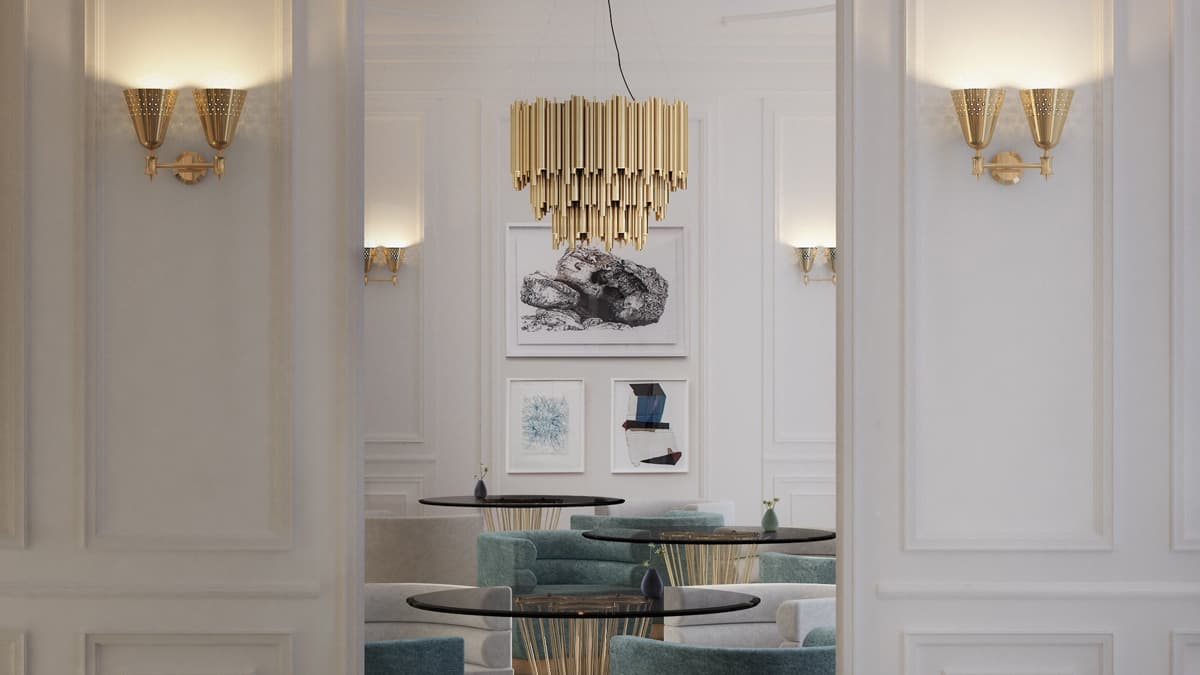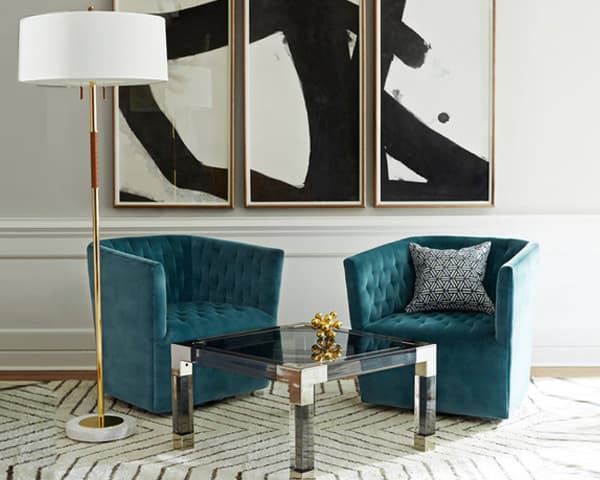
Art Deco: New Art Deco
from the cycle «Modern Styles»The Art Deco style, often overlooked by art historians, originated in France in the 1920s, subsequently spread across the world, flourished in America, and was interrupted only during the Second World War. The style is frequently confused with modernism, mixed with neoclassicism, and distorted into eclecticism, making it challenging to grasp the essence of “Art Deco.”
The bourgeois nature of this style is undeniable, as it relentlessly pursues fashionability and aims to please. But is that a drawback? Art Deco absorbed all the vibrant elements that its era offered—excavations in South America and Mesopotamia contributed ornamental motifs from the Mayans and Sumerians, while the discovery of Tutankhamun's tomb rekindled interest in Egyptian themes. Art Deco masters didn't solely look to the past; they were equally captivated by themes of aviation and aeronautics, including airplanes and airships, which intrigued artists of the style as much as the pursuit of New Babylon's lion hunt. Even Cubism and Constructivism (which officially rejected Art Deco as degenerate art) influenced the formation of the style's language. Art Deco incorporated the most expensive, rare, and refined materials, such as ivory, precious woods, semi-precious stones, gold, and silver. However, the influence of fashion introduced materials like sheet steel and plastics, which gained popularity among designers and artists.
Soviet art criticism remained silent about the style and criticized it behind closed doors. Nevertheless, upon closer examination, motives, interpretations, and even direct references to Art Deco can be found in Stalin's high-rise buildings, the ambitious Palace of the Soviets with its monumental Lenin statue, and numerous metro stations.
The lecture not only delves into the history of the style but also discusses its contemporary relevance. Today, many furniture brands and designers seek inspiration in this stylistic direction, creating objects and interiors that meet the needs of the 21st century. New Art Deco is not a mere replication of a historical style; it is a reinterpretation within the framework of our modernity, incorporating its own fashion and contemporary themes that the style successfully incorporates.

